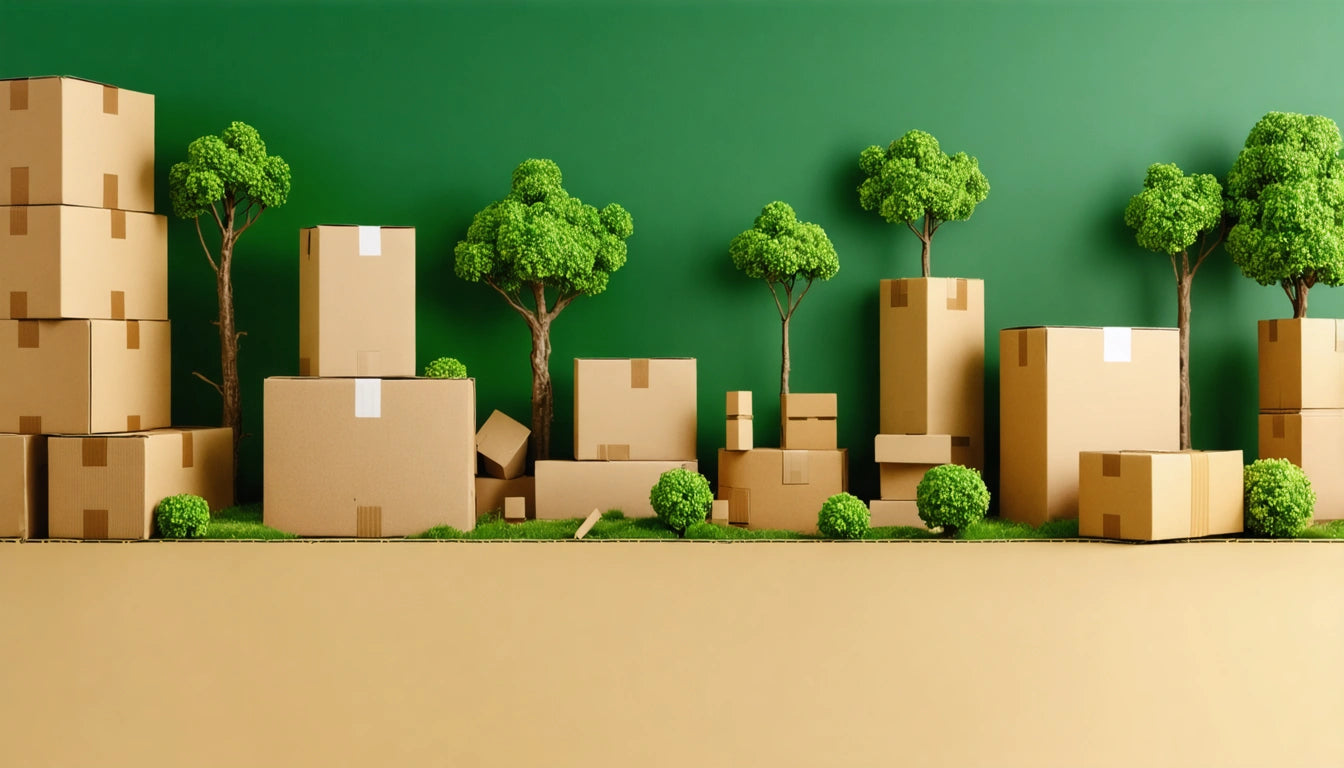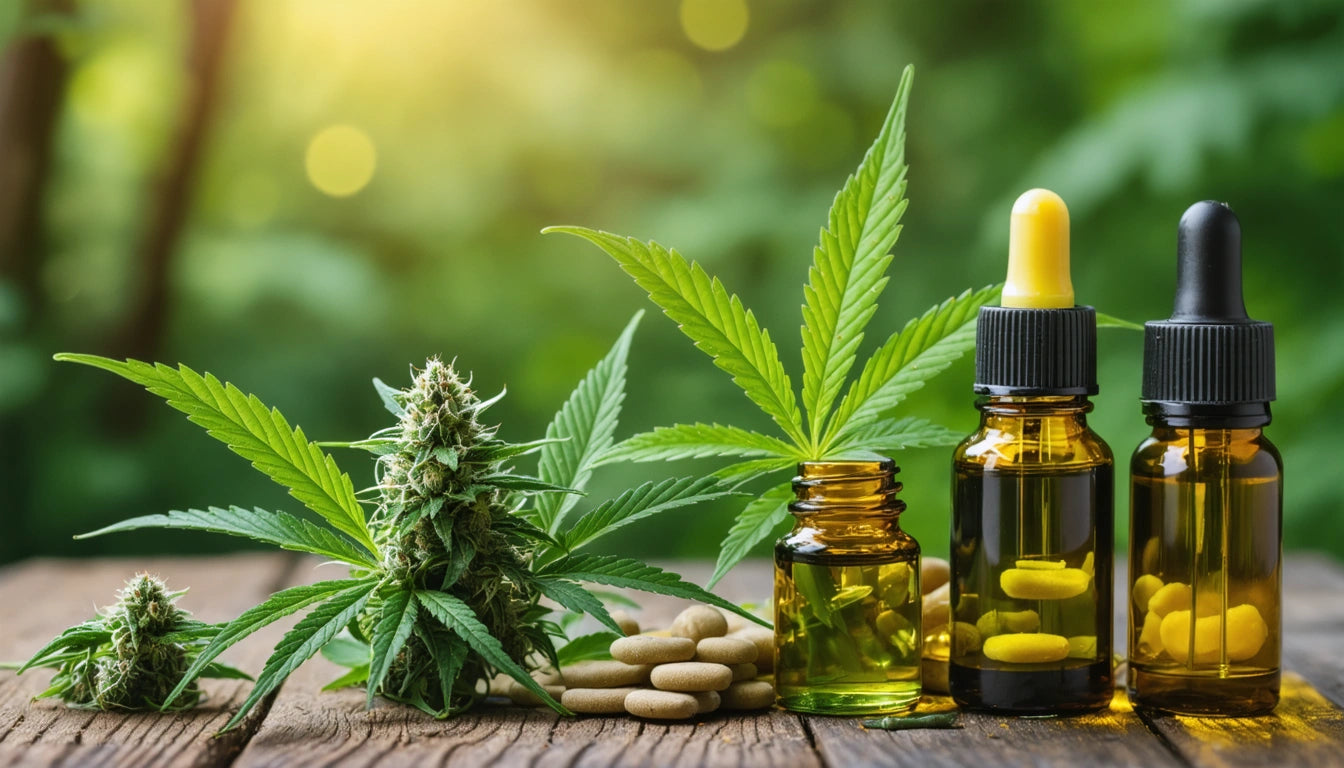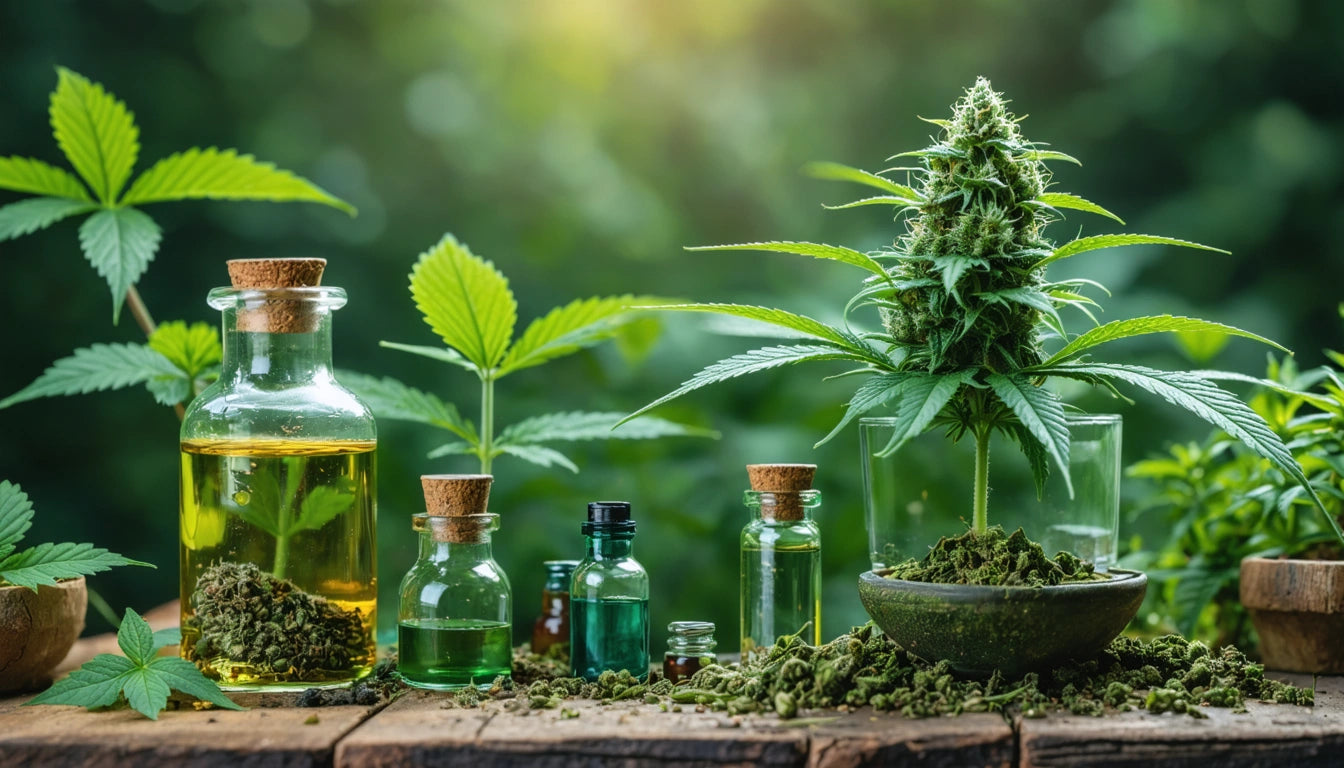Table of Contents
Understanding Cardboard: Composition, Manufacturing, and Uses
Cardboard is one of the most versatile and widely used packaging materials in the world. From shipping boxes to food containers, what cardboard is made of and how it's manufactured directly impacts its performance and environmental footprint. This comprehensive guide explores the composition, manufacturing processes, and applications of this ubiquitous material.
What is Cardboard: Basic Composition and Types
Cardboard is a generic term that encompasses several types of heavy-duty paper-based products. The most common types include:
- Corrugated cardboard: Consists of a fluted corrugated sheet sandwiched between two flat linerboards
- Paperboard: A single-layer material that's thicker than paper but thinner than corrugated board
- Containerboard: Specifically designed for shipping containers and boxes
According to research on containerboard, the structure of cardboard significantly influences its strength, durability, and protective qualities. What is the cardboard used for most commonly? Primarily packaging, though its applications extend far beyond simple boxes.
The Manufacturing Process: How Cardboard is Made
How is cardboard made? The process involves several key stages:
1. Pulping
The manufacturing begins with breaking down raw materials into pulp. This can involve:
- Mechanical pulping: Using grinders to physically separate wood fibers
- Chemical pulping: Dissolving the lignin that binds wood fibers together
- Recycled paper processing: Breaking down used paper products
2. Sheet Formation
The pulp is then spread onto screens where water drains away, leaving a mat of intertwined fibers. This forms the basis of what is cardboard made from in its most basic form.
3. Pressing and Drying
The wet fiber mat passes through heated rollers that press and dry it simultaneously, creating the flat linerboards.
4. Corrugation (for corrugated cardboard)
For corrugated varieties, one sheet is crimped into a wavy pattern (the fluting) and glued between two flat sheets. This structure explains why corrugated cardboard offers superior strength and cushioning properties.
Materials Used in Cardboard Production
What is cardboard made out of? The primary materials include:
Virgin Wood Pulp
New wood fibers provide strength and durability. Softwoods like pine and spruce are commonly used due to their long fibers that create strong bonds.
Recycled Paper
A significant percentage of cardboard is made from recycled materials. According to recycling experts, cardboard can be recycled 5-7 times before fibers become too short to be useful.
Additives
Various chemicals may be added during production:
- Sizing agents to improve water resistance
- Strength additives to enhance durability
- Colorants for branding and aesthetic purposes
When designing packaging solutions, manufacturers must consider how these materials interact with the products they contain. For instance, when selecting compatible closures for packaging containers, the material properties of both the cardboard and the closure system must work together to ensure product integrity.
Common Applications and Uses of Cardboard
What is made of cardboard spans numerous industries and applications:
Packaging and Shipping
The most common use is for boxes and shipping containers. The structure of corrugated cardboard provides excellent protection during transport while remaining lightweight.
Food Packaging
Paperboard is frequently used for food containers, from cereal boxes to takeout containers. Food-grade cardboard requires special considerations for safety and hygiene.
Retail Displays
Point-of-purchase displays often utilize printed cardboard for its combination of structural integrity and printability.
Creative and DIY Applications
Beyond commercial uses, cardboard has become popular for crafting, temporary furniture, and even architectural models. The versatility of cardboard makes it ideal for creative packaging solutions that balance functionality with sustainability.
Sustainability and Environmental Impact
How are cardboard made processes affecting the environment? Several factors come into play:
Recyclability
One of cardboard's greatest environmental advantages is its recyclability. The fiber-based nature of the material allows it to be broken down and reformed multiple times.
Biodegradability
Unlike plastic alternatives, cardboard will naturally decompose when exposed to the elements. Some varieties can even be composted at home, further reducing waste.
Carbon Footprint
While cardboard production does require energy and resources, improvements in manufacturing efficiency and the increasing use of recycled content have reduced its overall environmental impact.
Future Innovations in Cardboard Technology
The humble cardboard box continues to evolve with technological advances and changing market demands. Future developments include:
- Water-resistant treatments that maintain recyclability
- Smart packaging with embedded sensors for tracking and freshness monitoring
- Antimicrobial coatings for improved food safety
- Further lightweighting to reduce material usage while maintaining strength
Understanding what a cardboard is made of and how it's manufactured allows businesses to make informed decisions about their packaging needs. As sustainability concerns continue to drive innovation, cardboard remains at the forefront of eco-friendly packaging solutions that don't compromise on performance.
By selecting the right type of cardboard for specific applications and ensuring proper recycling, businesses and consumers alike can maximize the benefits of this versatile material while minimizing environmental impact.











Leave a comment
All comments are moderated before being published.
This site is protected by hCaptcha and the hCaptcha Privacy Policy and Terms of Service apply.